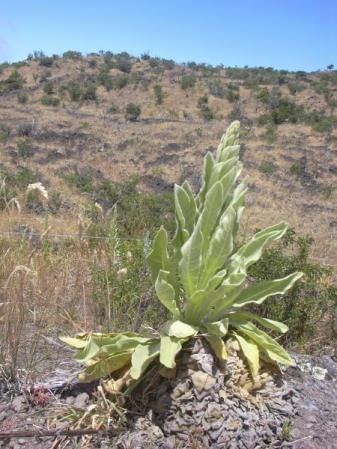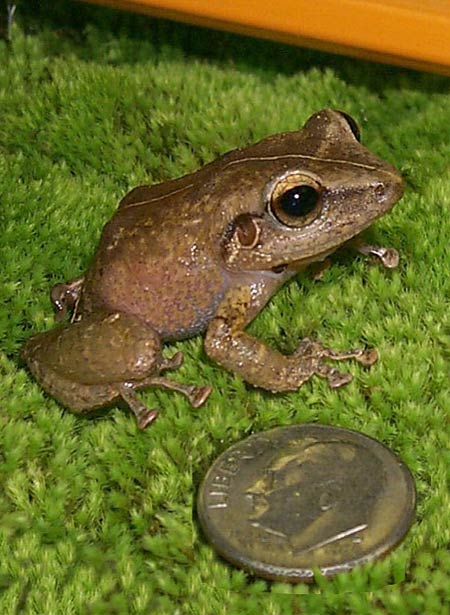(Silybum marianum) Family: Asteraceae This thistle is native to the Mediterranean regions of Europe and North Africa. Milk thistle thrives…
Read More
Pests
Mullein
(Verbascum thapsus) Family: Scrophulariaceae Considered very invasive and is on the Hawaii State Noxious Weed List. The Division of Forestry and Wildlife…
Read More
Banana Bunchy Top Virus
(BBTV) Banana bunchy top virus is a devastating pathogen that affects banana plants. BBTV stunts the growth of banana plants…
Read More
Little Fire Ant
Find aerial treatment schedule for Nahiku here: Nahiku LFA Aerial Treatment Little Fire Ant (Wasmannia auropunctata) Family: Formicidae Since the…
Read More
Miconia
(Miconia calvescens) Family: Melastomataceae Considered very invasive and is on the Hawaii State Noxious Weed List. The Division of Forestry…
Read More
Coqui Frog
(Eleutherodactylus coqui) Order: Anura All frogs in the order Anura are Hawaii State Injurious Species. It is prohibited to release…
Read More





